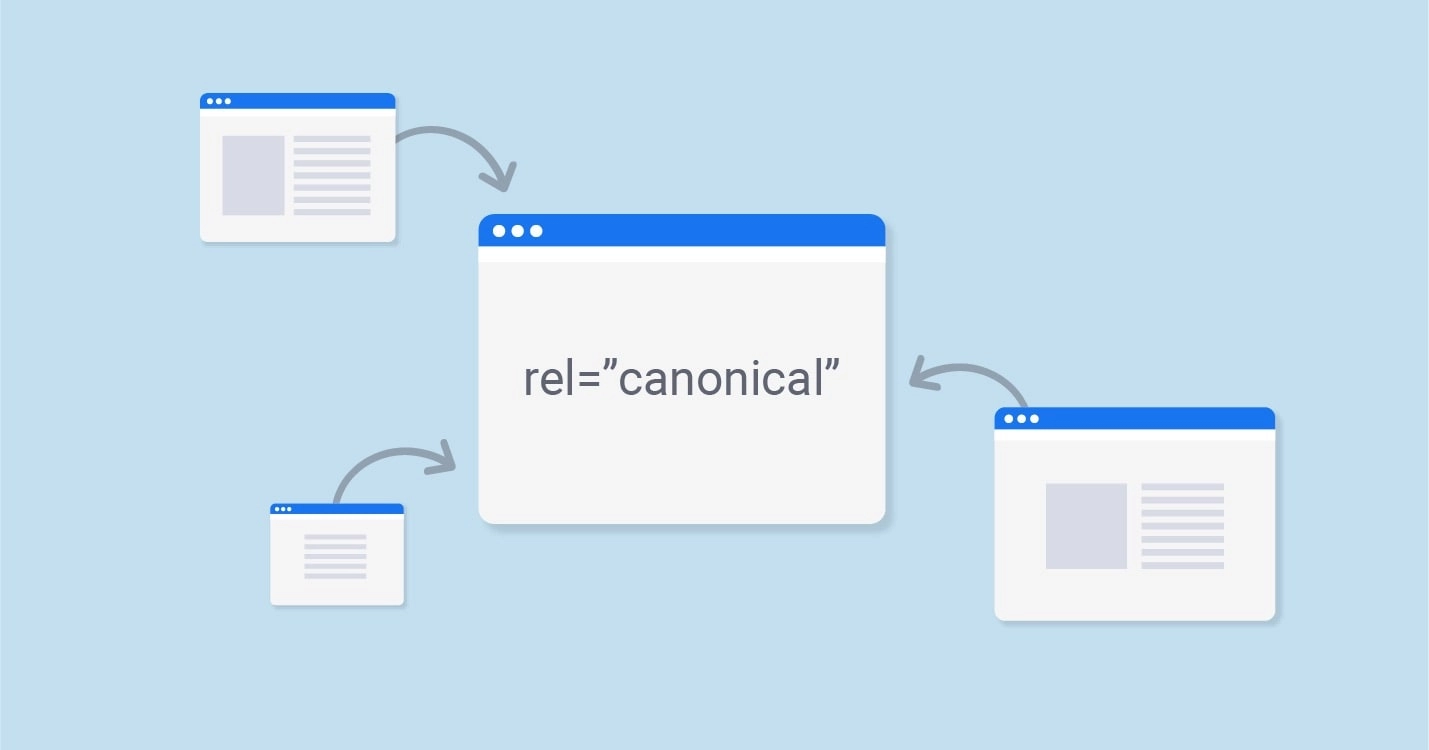
Online content that is truly unique and stands on doesn’t matter if it cannot reach the mass. So it also needs an SEO Smart strategy that is equally unique and helps you convey your message to the targeted audience. Whoever told you that ignoring SEO was a great start to focus more on your content has given you the worst advice they could ever give.
Search engine optimization is still a significant skill that can help you reach millions, even though a few specific rules have changed over the years. Having an SEO strategy is a must. Statistics of recent years prove that SEO is still highly relevant:
- More than 90 percent of virtual experiences are on set through search engines
- More than 70 percent of users do not reach the second page of the results searched
- Around 80 percent of users do not pay attention to paid ads
SEO helps your business site translate into a more accessible language that is user-friendly and better understood by browsers. In this way, users visit your pages while looking for products, information, solutions, and relevant offers to your site.
Unfortunately, SEO can get complicated, and even a simple amateur’s guide becomes overwhelming. The formula used by the best of browsers is still a debate. However, certain sure factors play a crucial role. And plenty of businesses make amendments time and again. Below are a few mistakes that you must avoid when focusing on SEO strategies.
Why is canonical tag significant in SEO?
A canonical tag is vital for tracking and segmenting your webpage
Structure your keywords as per the URL hierarchy
A canonical tag is a significant factor in SEO. However, content replaced this factor. But these tags are still relevant and needed for SEO. Mistakes considering tags are made even by experts as well as novices. Targeting irrelevant words and stuffing tags is a significant offense. You have to place it as per the URL of your webpage.
Stuffing tags aim towards tricking search engines by utilizing the exact phrase in unusual frequency. Unfortunately, such tags add no value to your site and cheat the system. But, on the other hand, they prevent the problem of duplicate content.
Few search engines use Indexing that is Latent Semantic. All you have to do is trust its process, as this indexing analyses your site’s intent while determining keyword variations. It is best to use synonyms occurring naturally and utilize alternative words instead of repeating the same catchphrase.
If you have a tag, focus on it, but do not push it. You can utilize the canonical tag and its alternatives in the heading, the first paragraph, and the body, but within reason.
How to use images and canonical tag
Visuals attract the most audience and also increase engagement. Therefore, content with good visuals is likely to receive more likes, shares, and clicks. However, the problem that arises with images is that search engines do not recognize images. Instead, browsers require texts to interpret the image representation and its relevance to the topic. Canonical tags can provide updated URLs to the system.
It is essential to involve an incredibly relevant file name, along with captions, image title, and alt-description. Alt-descriptions are elaborate descriptions of the image as if explained in person. Few studies show that captions are much more relevant than textual representation. You can choose compression tools to reduce the sizes of your images but without quality damage.
Mistakes are a part of every field. They are going to occur now and then. With SEO and its complications, it’s not going to be smooth. Make sure to avoid these common offenses, and you can help prevent other significant downfalls.




Be the first to comment